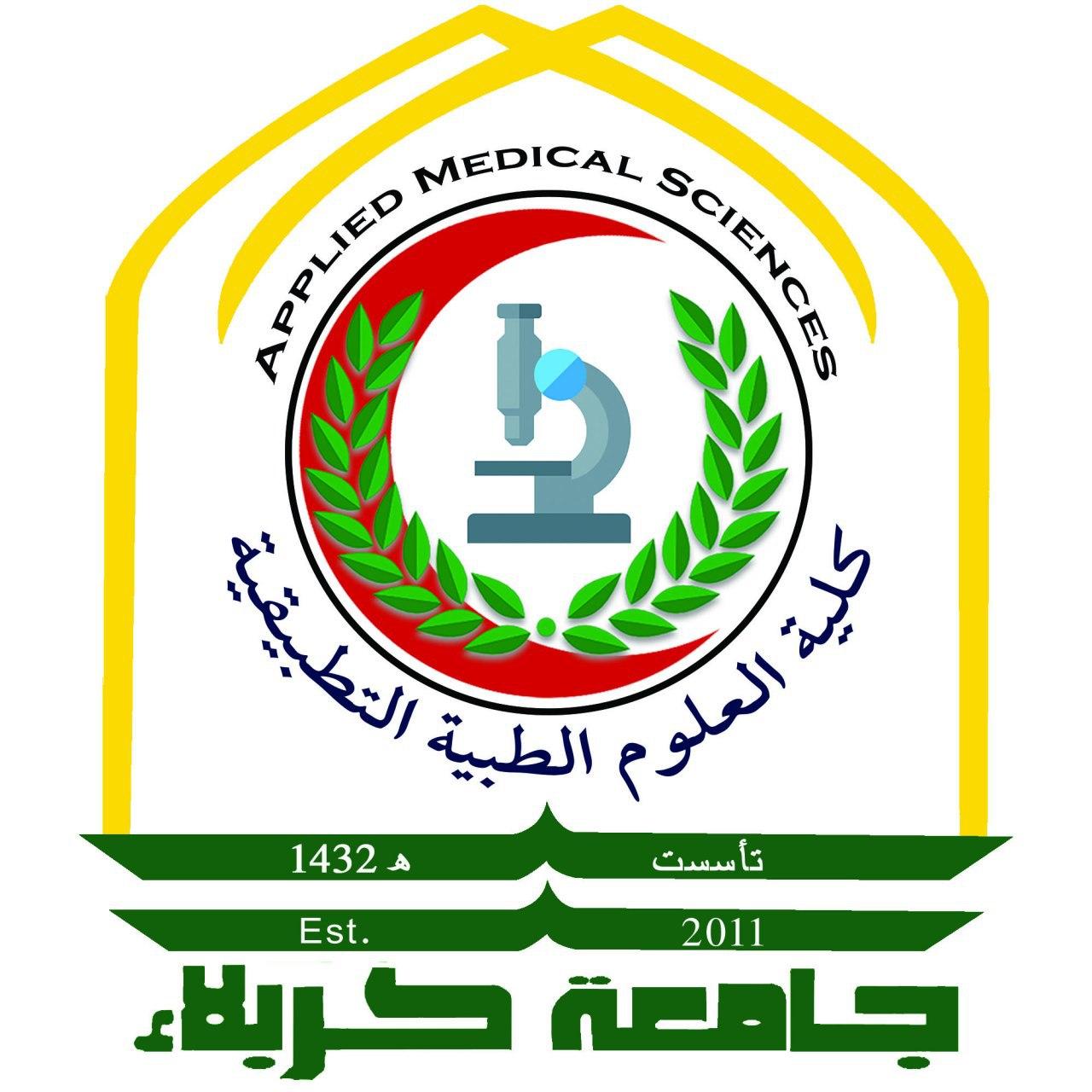Study of antibacterial activity of Lawsonia inermis leaf extract
Alaa Abdul Hussein Kareem Al-Daamy,a Ali Abdul Hassan,a Ali Mahmooda
Objectives: The present study aims to determine antibacterial activity for Lawsonia inermis leaf extract against some pathogenic bacteria.
Methods: Five solvents used are acetone, ethanol, methanol, ethyl acetate and distilled water to obtain of crude extract of Lawsonia inermis leaves, which tested the effectiveness on five types of bacteria are Pseudomonas eroginosa, Pseudomonas oryzihabita, Proteus varaplis, Klebsila pneumonia and Staphylococcus aureus to determine the most efficient solvent extraction of them, and then was use of a series of concentrations of the solvent is more efficient 0, 20, 40, 60, 80 and 100% to determine the most efficient concentration of solvent optimization, and then was determined the efficiency of minimum inhibitory concentration (MIC) of the extract.
Results: The results of the current study showed that the most efficient in the extraction solvent is acetone and the diameters of inhibition zone are 18, 19.83, 17.16, 16.33, 16.5 mm for the types of bacteria above, respectively. The results showed that the concentration of acetone 100% is the best concentration in extraction, amounting to the diameters of inhibition zone at this concentration of 17.33, 20, 19.33, 17.66,21.66 mm for each of the bacterial species above, respectively. The results also found that MIC is 6 mg/ml of Pseudomonas eroginosa and 7mg/ml of Pseudomonas oryzihabita and 11 mg/ml of each Proteus varaplis, Klebsila pneumonia and Staphylococcus aureus.
Conclusion: The most effective composites against pathogenic bacteria from Lawsonia inermis leaves are using acetone solvent with concentration of 100%.
[/mhc_text][/mhc_column][/mhc_row][/mhc_section]





























































